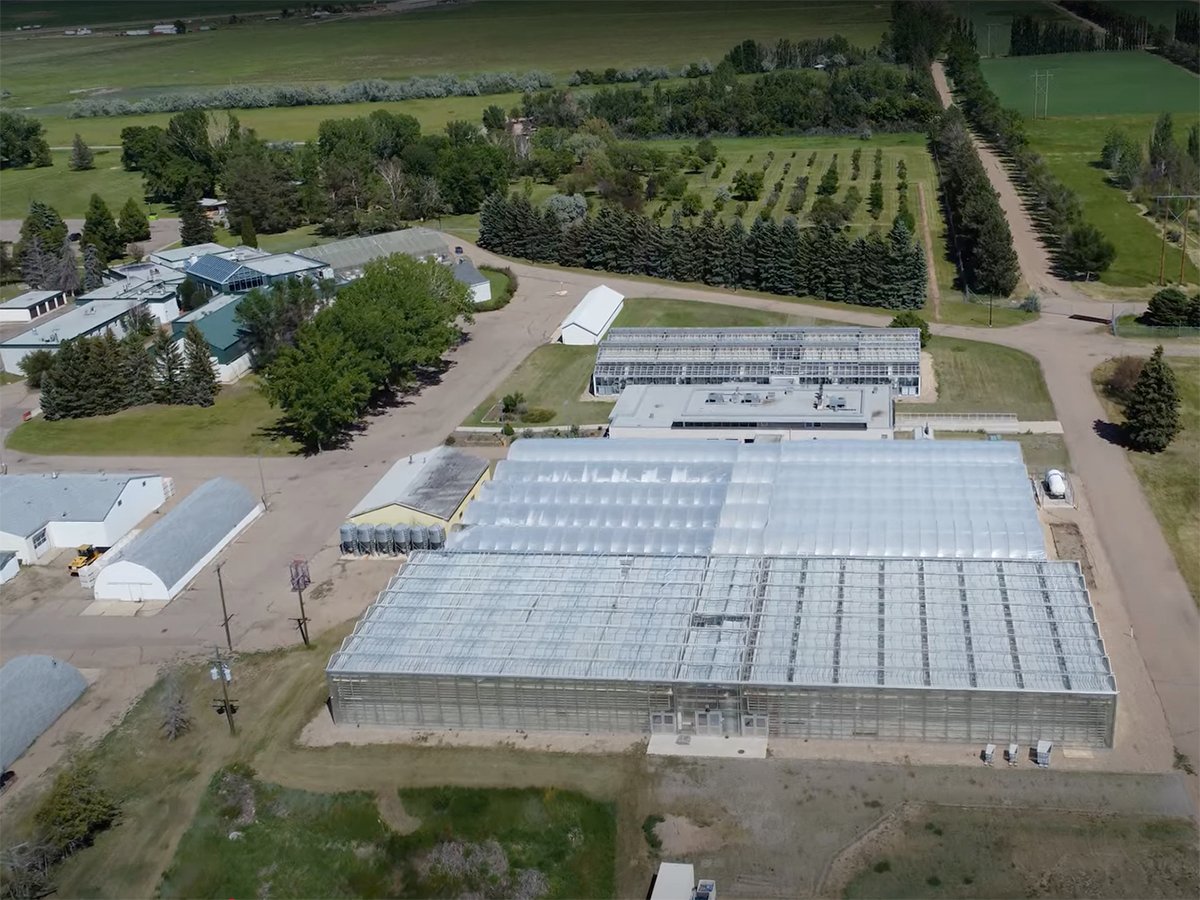Scientists from the U.S. Department of Agriculture’s Agricultural
Research Service are looking into how brighteners similar to those
found in laundry detergent can help fight diamondback moths.
The moth is a worldwide pest of cruciferous crops such as canola,
cabbage, turnip and broccoli.
Scientists are using naturally occurring viruses as a new approach to
help control these pests. But the viruses act slowly, and the moth
caterpillar can inflict a lot of damage before it dies.
Read Also

Alberta crop diversification centres receive funding
$5.2 million of provincial funding pumped into crop diversity research centres
Fluorescent brighteners, when used with moth-infecting viruses, can
enhance the virus’s potency. They are chemicals that take in
ultraviolet light and re-emit the energy as visible light. They are
commonly used in laundry detergents to make clothes seem brighter.
Research entomologists Martin Shapiro and Robert Farrar of the ARS’
Insect Biocontrol Laboratory in Beltsville, Maryland, have been testing
a newly discovered diamondback moth virus.
They found the addition of certain fluorescent brighteners can make the
virus more effective against the insect.
The viruses are promising alternatives to pesticides for many important
pests, especially caterpillars. While some viruses have been known to
infect the diamondback moth, none is particularly potent against it.
In lab tests, the fluorescent brightener made the virus four times more
effective against the moth caterpillars.














